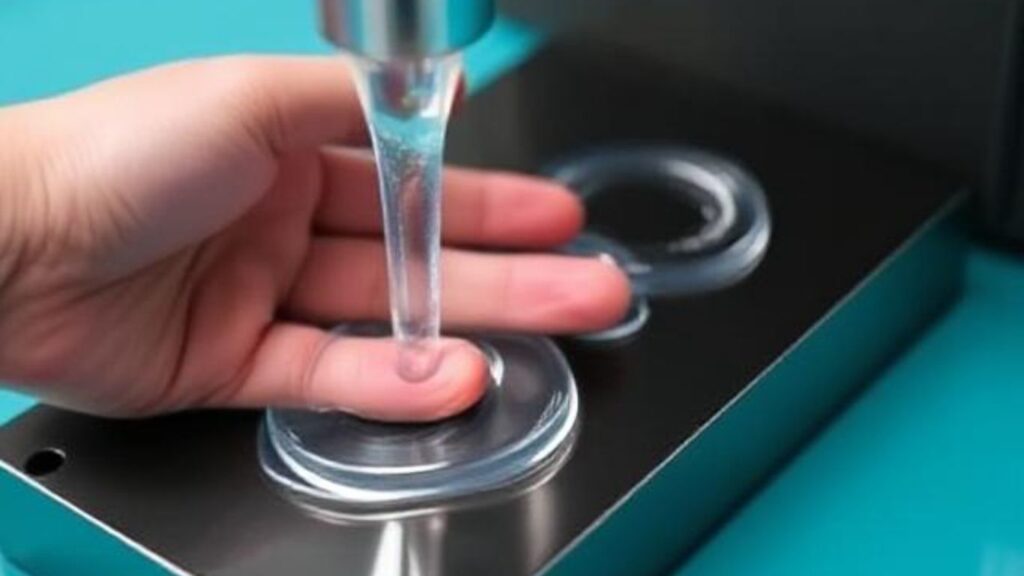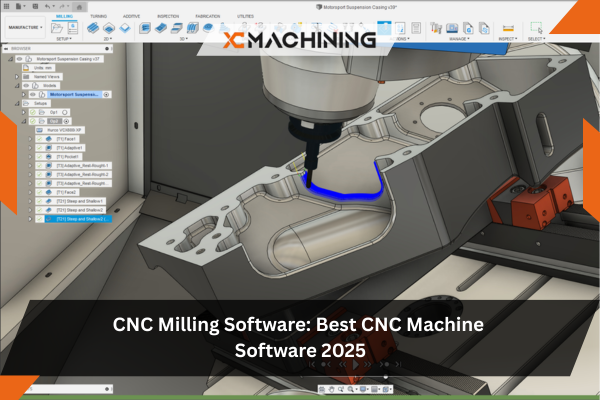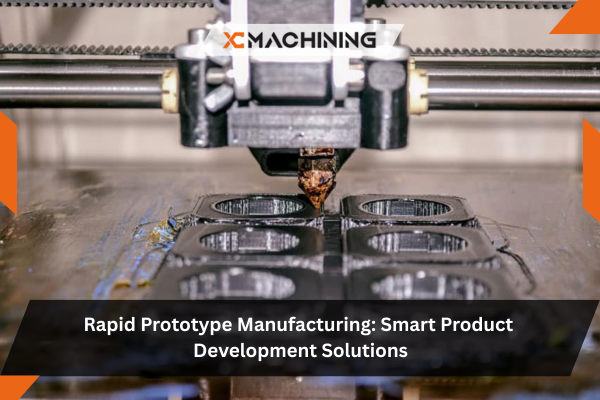Blow molding, also referred to as hollow blow molding, is an emerging plastic method where thermoplastic resin is extruded or injected into a tubular plastic parison before heating until soft and placing it inside a split mold. Once closed, compressed air is immediately introduced into the parison to inflate it against its inner walls, causing it to adhere tightly within. Injection Molding and Blow Molding are widely used techniques in the plastics industry. After cooling and demolding is completed, various hollow products are obtained.
Blown film manufacturing processes resemble blow molding hollow products closely, yet do not utilize molds like Injection Mold Tooling does. From an extrusion standpoint, Injection Molding and Blow Molding of blown film usually fall under extrusion when categorized according to plastic processing technology classification. Meanwhile, according to production methods, it can typically be divided between extrusion blow molding, Injection Blow Molding, and newer methods like multilayer blow molding and stretch blow molding. The advancements in Injection Molding and Blow Molding continue to enhance the efficiency and quality of plastic manufacturing.
Understanding Injection Molding
Injection Molding entails injecting thermoplastic material into a mold cavity by melting and injecting the plastic material, cooling, and shaping it according to what was designed in the mold cavity. Once in, Injection Molding allows many details like bosses, ribs, and threads to be formed without further processing in one step of this process. This technique is widely used in Plastic Injection Molding for creating precise and durable plastic components. Additionally, Insert Molding is often incorporated to enhance the strength and functionality of molded parts by integrating metal or other materials within the plastic structure.
The Key Differences Between Injection Molding and Blow Molding
Both Injection Molding and Blow Molding are essential plastic manufacturing processes, yet their applications, design requirements, and outcomes vary significantly. Below, we will explore the primary distinctions between these two molding techniques.
1. Process Differences
- Blow Molding: This method focuses on producing hollow plastic products, such as bottles and containers. It relies on air pressure to expand a softened plastic tube (parison) inside a mold, giving it the desired shape.
- Injection Molding: This method involves melting plastic and injecting it into a rigid mold cavity under high pressure, allowing it to solidify into a solid shape. Plastic Injection Molding is commonly used for detailed, complex designs that require high precision.
By utilizing Injection Mold Tooling, manufacturers can achieve highly intricate designs with tight tolerances. The combination of Injection Molding and Insert Molding continues to push the boundaries of plastic product innovation, making it a preferred choice for various industries.
2. Applications and End Products
Blow Molding Products:
- Plastic bottles (e.g., water bottles, soft drink bottles)
- Hollow containers
- Automotive fuel tanks
- Industrial storage drums
- Pharmaceutical packaging
Injection Molding Products:
- Plastic components for electronics
- Automotive parts
- Medical devices
- Toys
- Kitchenware
3. Material Considerations
Both processes use thermoplastics, but the material properties and processing conditions differ:
- Blow Molding Materials: HDPE, LDPE, PP, PET
- Injection Molding Materials: ABS, PC, Nylon, PEEK, and reinforced polymers
Blow molding requires materials that can stretch and expand, while injection molding materials need to maintain their structural integrity under pressure.
4. Cost and Production Efficiency
Blow Molding: More cost-effective for producing high-volume hollow plastic products due to faster cycle times and minimal waste.
Injection Molding: More expensive upfront due to mold complexity but offers high precision and repeatability for intricate designs.
5. Complexity of Design
Injection molding allows for intricate shapes, fine details, and complex components, making it suitable for high-precision parts. Blow molding is ideal for simpler, hollow structures that do not require extreme detail.
Types of Blow Molding Techniques

Blow molding is a versatile process with different variations to suit various manufacturing needs.
1. Extrusion Blow Molding (EBM)
A continuous process where plastic is extruded into a parison, then captured in a mold and inflated. Used for milk jugs, shampoo bottles, and large containers.
2. Injection Blow Molding (IBM)
A preform is first injection molded, then reheated and blown into the final shape. Used for pharmaceutical bottles and small cosmetic containers.
3. Stretch Blow Molding (SBM)
A process used primarily for PET bottles, where the preform is stretched and blown to increase strength. Common in the beverage industry.
Types of Injection Molding Techniques
Injection molding has evolved with specialized methods for various applications.
1. Overmolding
A process where two different materials are molded together, commonly used in toothbrushes and tool handles.
2. Insert Molding
Inserts (e.g., metal screws or electronic components) are placed into the mold before injection to form integrated parts.
3. Multi-Shot Injection Molding
Allows multiple materials or colors to be injected simultaneously for complex designs.
Which Process is Better?
The choice between injection molding and blow molding depends on your project’s requirements.
- If you need hollow plastic products (e.g., bottles, containers) → Blow molding is the best choice.
- If you need complex, detailed, and solid plastic components → Injection molding is the right option.
- For cost efficiency in high-volume production, blow molding is often more affordable.
- For high-precision applications, injection molding provides superior quality.
Conclusion
Understanding the differences between injection molding and blow molding helps manufacturers choose the right process for their specific application. Blow molding is ideal for producing hollow objects efficiently, while injection molding excels at creating detailed, durable components. Both methods have their advantages depending on the design complexity, cost, and material requirements. Whether you are manufacturing plastic bottles or intricate machine parts, selecting the right molding technique is crucial for efficiency and product quality.
FAQs
1. Can the same mold be used for both blow molding and injection molding?
No, blow molding and injection molding use different mold designs suited to their respective processes.
2. Which method is better for high-strength plastic parts?
Injection molding is better for high-strength and high-precision plastic parts due to its ability to use stronger materials and create detailed features.
3. Is blow molding cheaper than injection molding?
Blow molding is typically more cost-effective for producing large quantities of hollow plastic products, whereas injection molding has a higher initial tooling cost but is more economical for detailed components.
By understanding these distinctions, businesses can select the right method to optimize their manufacturing processes and costs.
With both injection molding and blow molding, industries can achieve high-quality plastic products tailored to their production needs. These manufacturing techniques continue to advance, making plastic molding more efficient and versatile than ever before.





